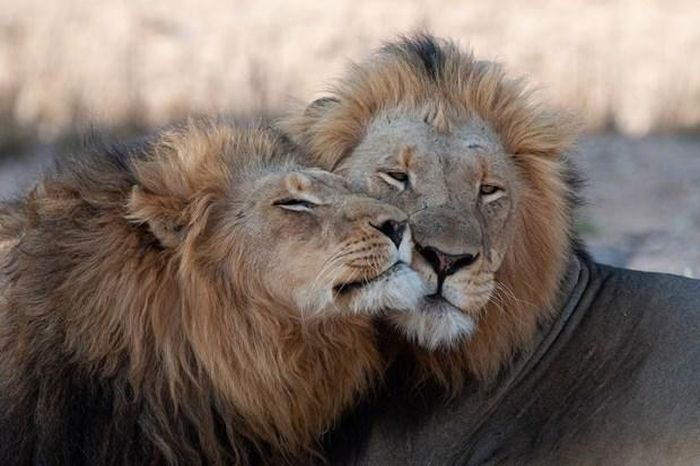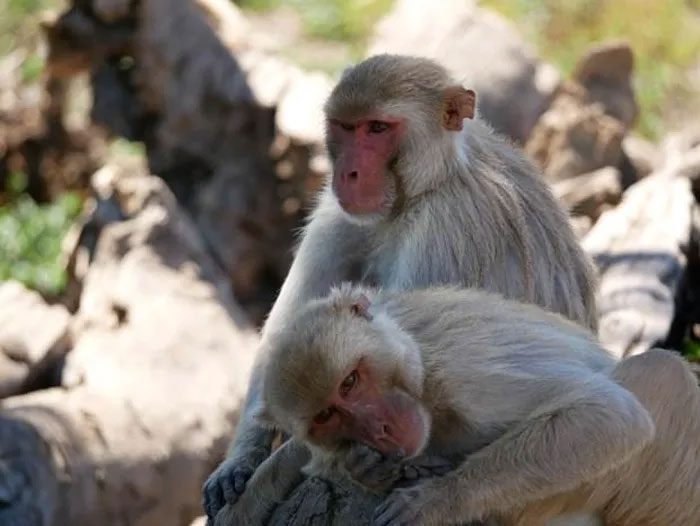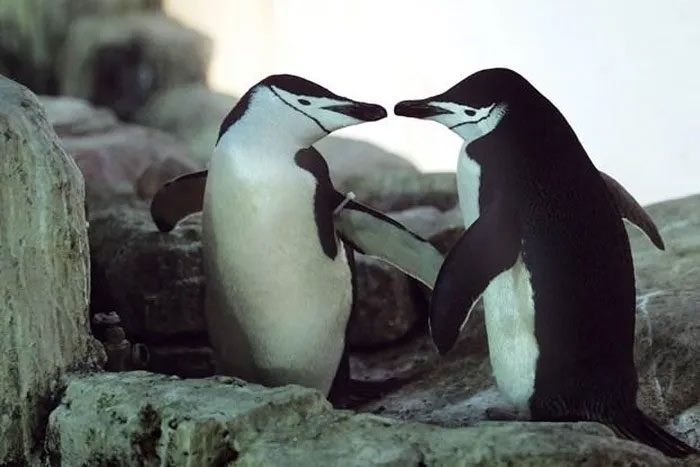According to a study published in the journal Nature Communications, same-sex sexual activity may help mammals establish and maintain social relationships, and even reduce conflict.
Same-sex sexual activity is becoming increasingly common in the animal kingdom, as scientists have observed this behavior in at least 1,500 species, ranging from crickets and albatrosses to penguins—yet they still do not fully understand the phenomenon.

Same-sex sexual behavior has been observed in many animal species. (Photo: Shutterstock)
A new study published in Nature Communications on October 3 found that same-sex sexual activity may help mammals establish and maintain social relationships, potentially reducing conflict.
Scientists have long considered same-sex sexual activity a evolutionary paradox, as it consumes valuable time that animals could spend seeking opposite-sex partners for reproductive purposes.
This new research conducted by scientists from the Spanish National Research Council and the University of Granada shows that this behavior has evolved multiple times in mammals and may not be related to ancient non-discriminatory mating behaviors.
Conversely, their analysis discovered a link between same-sex sexual behavior in mammals and social harmony.
Sex as a Conflict Resolution Method
The researchers did not conduct studies on animals in their natural habitats. Instead, José María Gómez, an ecology professor at the University of Granada, and his colleagues compiled a database of information regarding same-sex sexual behavior and reconstructed a phylogenetic tree to investigate potential relationships between same-sex sexual activity in mammals and social behavior.
They found that same-sex sexual activity appears to occur more frequently in social animals, such as primates, which need to form communities to survive and reproduce.

Same-sex sexual behavior occurs more frequently in social animals like primates. (Source: Scientific American)
The researchers argue that this behavior may have developed to facilitate social bonding and reduce aggression and conflict among same-sex individuals.
Findings from this study also align with results from other researchers.
Christine Webb, a primate researcher at Harvard University who was not involved in the study, stated: “In socially stressful situations, same-sex sexual behavior seems to reduce conflict.”
Eliot Schrefer, author of the book “Queer Ducks (and Other Animals): The Natural World of Animal Sexuality,” noted that male striped snakes use pheromones to attract other males during cold weather, causing them to gather and form a “ball,” which helps them survive the cold night.
Sex and Food
Christine Wilkinson, a scientist at the University of California, Berkeley, and the California Academy of Sciences, who also did not participate in the study, mentioned that sex might help animals reduce conflict or could serve as a precursor to sharing food.

(Source: New York Times)
Jon Richardson, a behavioral ecologist and evolutionary biologist at the University of Minnesota, has studied same-sex sexual behaviors in insects.
He stated that we often seek a common explanation for this behavior in nature. In his research on crickets, he found that they have a fairly broad filter for engaging in mating behavior.
“Crickets do not care too much about whether it is a male or female or whether it is the right developmental stage,” Richardson said.
He also cautioned against over extrapolating human behaviors from animal studies.
While this new research on mammals may provide insights into human evolutionary processes, same-sex sexual behavior in animals is not akin to human homosexuality—most animals do not appear to exhibit a permanent same-sex preference, leaning more towards sexual flexibility.
However, Schrefer noted that the establishment of same-sex relationships is not always a negative occurrence for humans.


















































